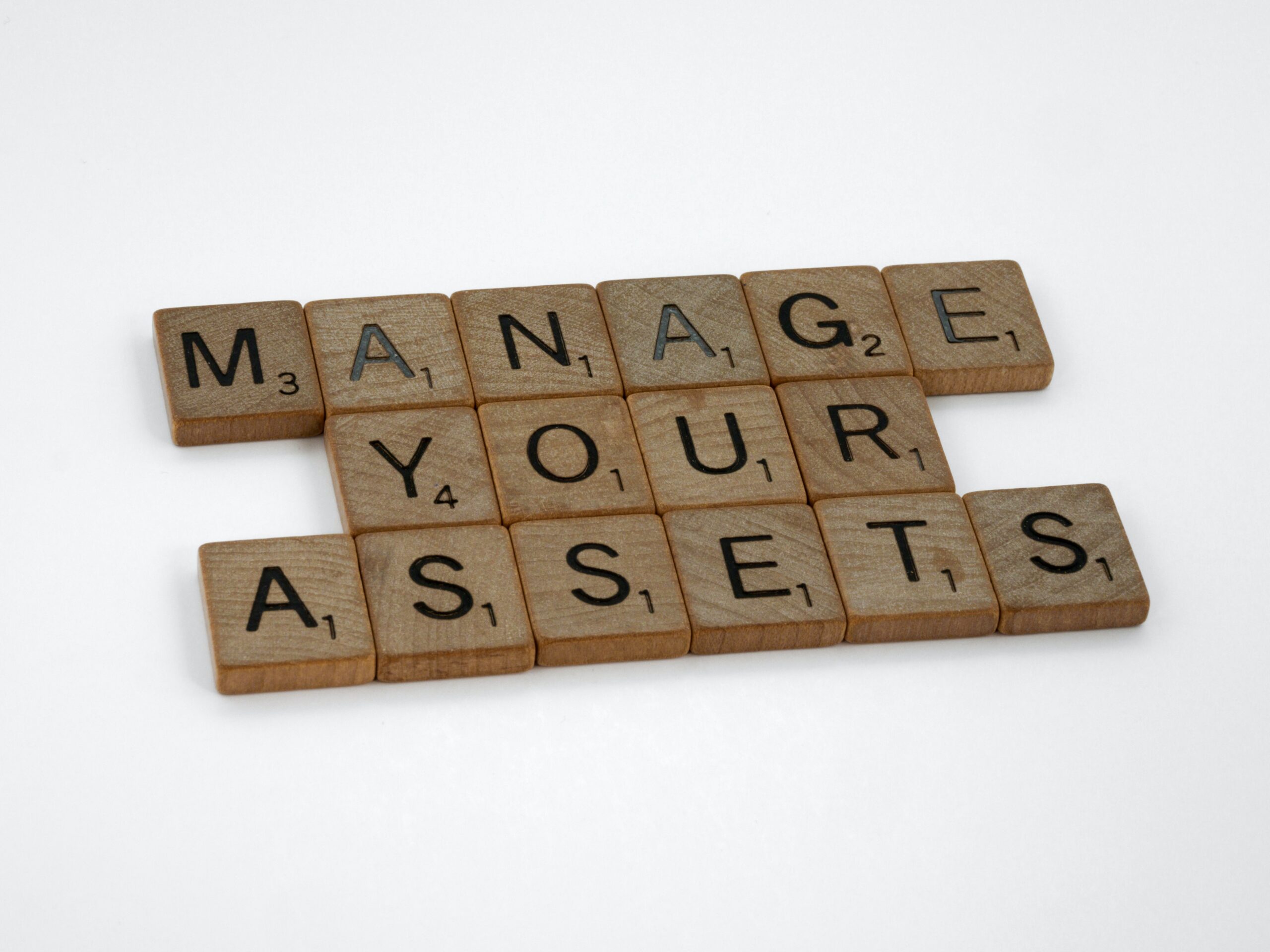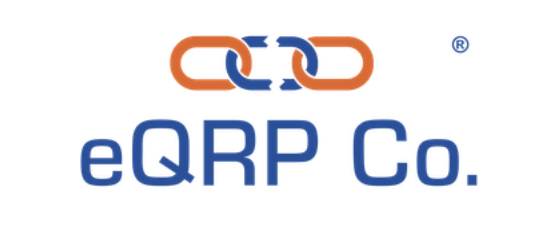In a world where there are millions of different strategies to investing, it pays to have a simple approach. One way to further simplify the various options is to understand the difference between financial and real assets. Both have their places in a portfolio.
1️⃣ Financial Assets
Most people tend to own only financial assets. Financial assets, also called paper assets, are based on the belief of value and the trust that these assets can be sold in order to obtain goods and services. Examples of financial assets include cash, stocks, debt, and many others. One of the greatest benefits of financial assets is that they are liquid. The downside is that there is no real value other than the general in their worth and ability to convert to goods and services.
2️⃣ Real Assets
Real assets are tangible, have intrinsic value and tend to be less liquid. These include precious metals such as gold and silver and real estate. As you can already understand from these examples, the assets themselves have meaningful worth and they are generally universally understood holders of wealth (ie. you can sell your gold in any other country). Real assets tend to hold up better against inflation and the many small and big economic cycles.
💡Balanced Portfolio
It is essential for any working professional to have a balanced wealth portfolio that includes both financial and real assets. To have too much of one and not enough of the other is risky:
- 1. Only Financial Assets: not enough inflation protection or mitigation against devaluation
- 2. Only Real Assets: not enough liquidity to transfer to goods and services in the event of a sudden need
The dynamic investor seeks to diversify and protect with a winning portfolio in this uncertain world. Maintaining a healthy balance of financial and real assets is essential.
💡Invest Your Retirement w/ eQRP
– How To Use Your 401k To Invest In Real Estate


